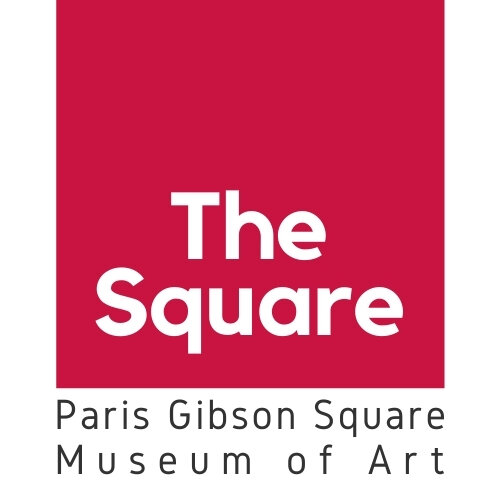Robert Kruithoff: Artist-in-Residence
Robert Kruithoff
May 30, 2019 through September 18, 2019
Robert Kruithoff is a professional local photographer living in Great Falls, Montana. Kruithoff grew up in Central Montana and graduated from Stanford High School. There he met Kim, his high school sweetheart and wife of 29 years. Together, they run a photography studio in Great Falls. He is the current Artist-in-Residence at Paris Gibson Square Museum of Art, and has been working with students in the public schools on various photography related workshops for the past 8 months. These projects have included cyanotype prints, pinhole camera photography, and Photoshop collage.
His love for photography started at age nine when his grandmother gifted him a Kodak Instamatic 110 camera. He was introduced to the film photography, the darkroom, and a love for black and white images during high school journalism courses. For over the past two decades Kruithoff has been experimenting with new technology while documenting imagery that resonates personally to his life. Robert primarily shoots in black and white, partially because of the darkroom experience and because of his red/green color blindness. Artists like Ansel Adams, Richard Avedon, Ross Halfin, and Jackson Pollack are inspirations that inform his notions of landscape, and portraiture all the while being intrigued by lighting situations.
On display, is a collection of portraiture, landscape and street photography captured in Central Montana. Inspired by Jackson Pollack’s chaotic yet thoughtful approach to painting, Kruithoff channels this energy when capturing his subjects, allowing the photo to uphold an “it is what it is” attitude. Ansel Adams is the ultimate landscape photographer, capturing the grand in a single shot; Kruithoff looks to Adams when documenting the Big Sky State. His photographs of people are inspired by Richard Avedon’s The American West series - finding beauty in the everyday person and imagining the face as a landscape itself. Kruithoff intends is to relate to his audience by displaying works of art that resonate on a visceral level. His hope is that the viewer can place themselves into the image and spend some time there.


